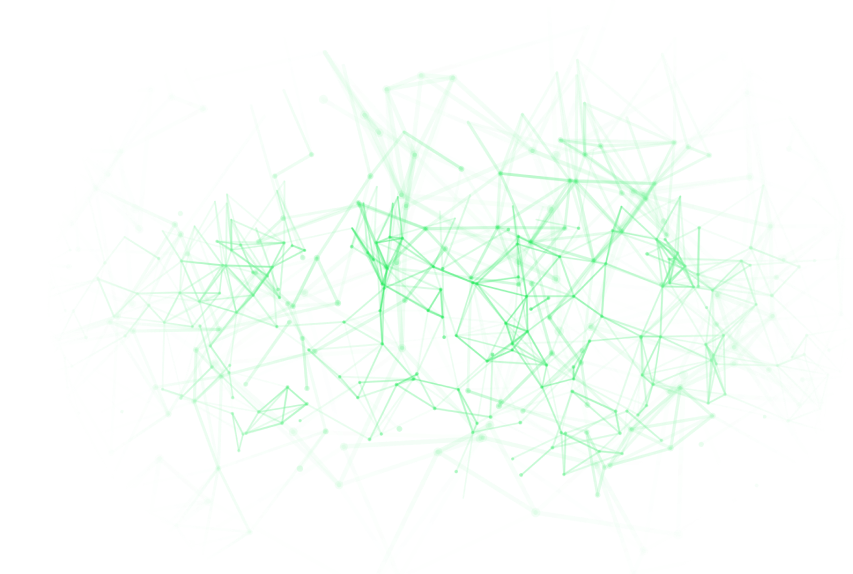
WEB 3.0 Services -
Embrace the Future of the Internet
Welcome to URich’s WEB 3.0 Services, where we harness the power of emerging technologies to deliver innovative solutions in the new era of the internet. Our team of experts specializes in developing cutting-edge applications and platforms that leverage blockchain, decentralized technologies, and NFTs to revolutionize industries and transform digital experiences.
Our WEB 3.0 Services include the following offerings:
NFT Sale Application
Unlock the potential of Non-Fungible Tokens (NFTs) with our NFT Sale Application development services. We create secure and user-friendly platforms that enable artists, creators, and businesses to showcase and sell their unique digital assets, art pieces, collectibles, and more. Our solutions ensure seamless transactions, ownership verification, and a captivating user experience.
NFT Platforms
We develop custom NFT platforms that empower creators and businesses to create, mint, trade, and showcase NFTs. Our NFT platforms leverage blockchain technology to provide transparency, security, and authenticity to digital assets. Whether it's an art marketplace, gaming platform, or digital collectibles platform, we create immersive experiences that tap into the potential of NFTs.


